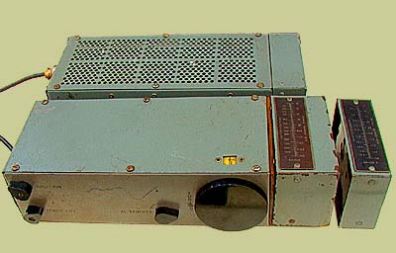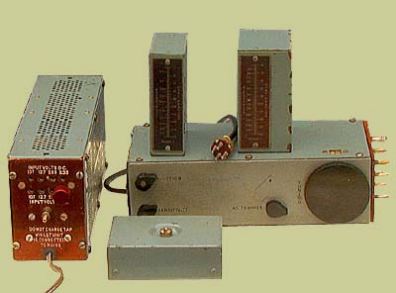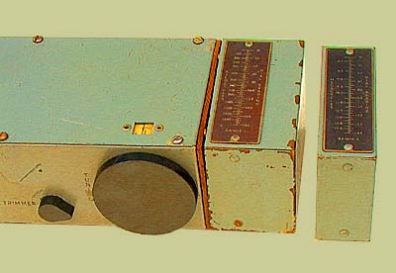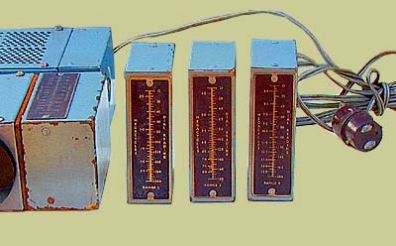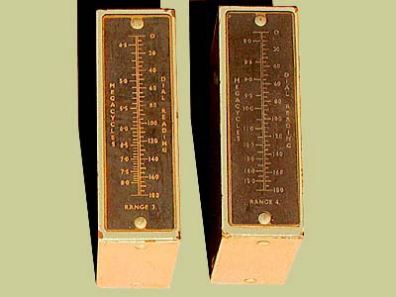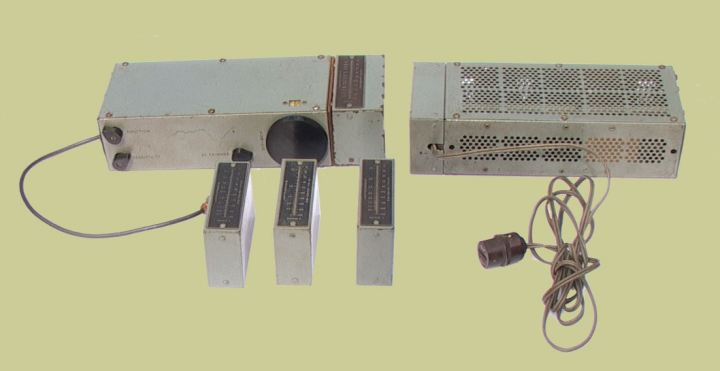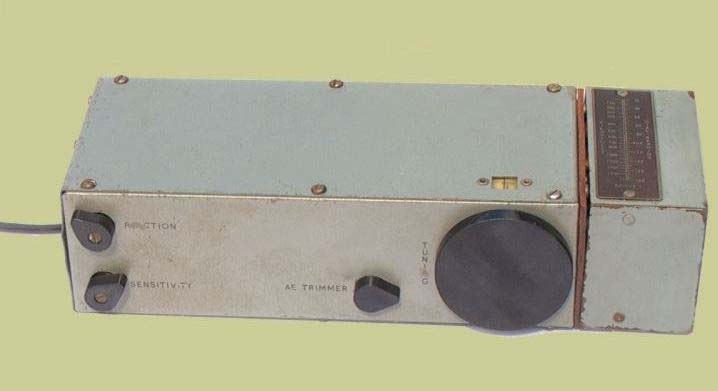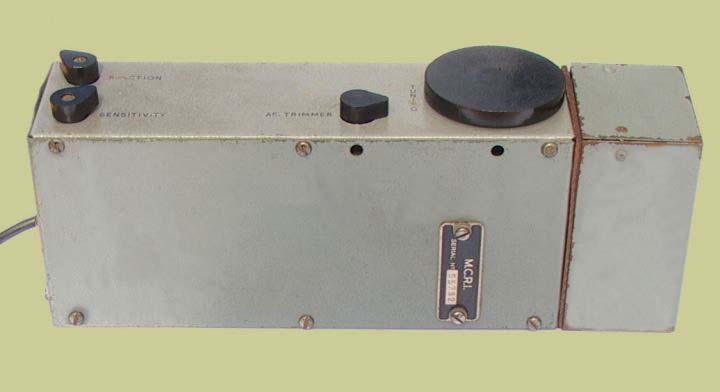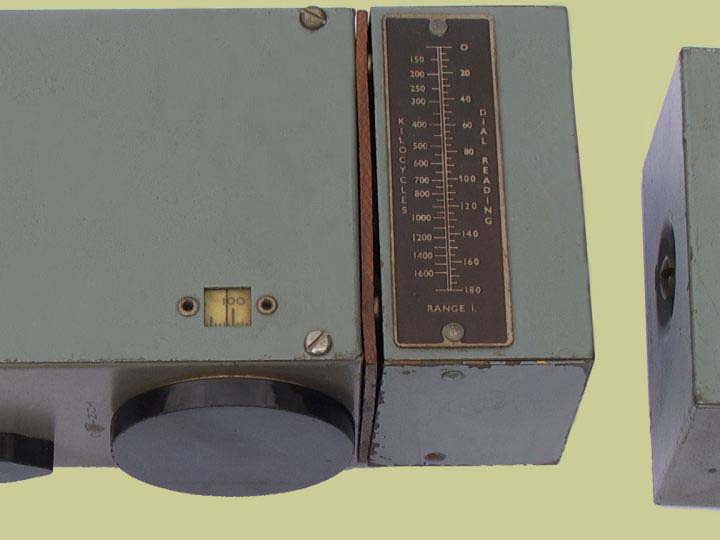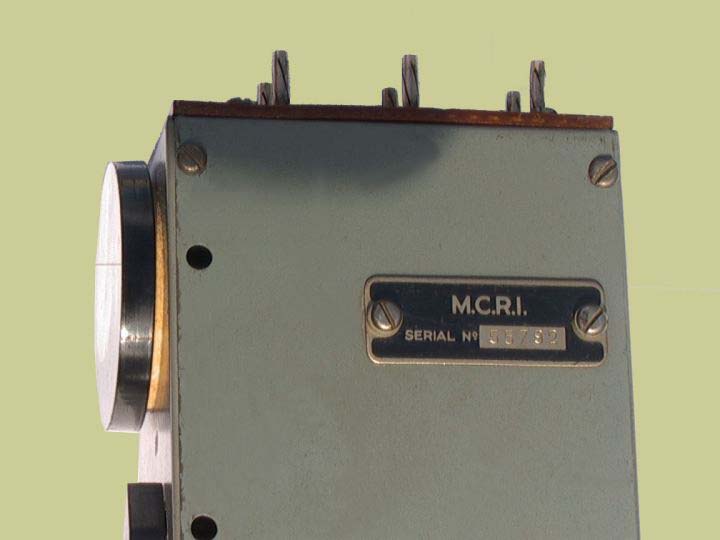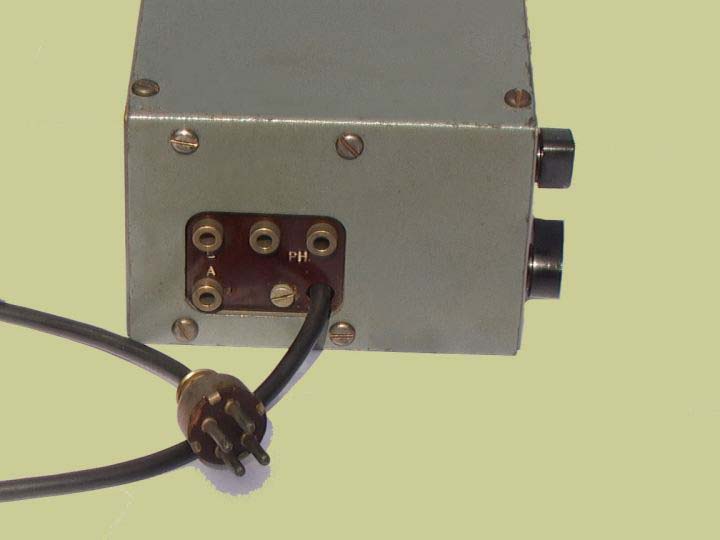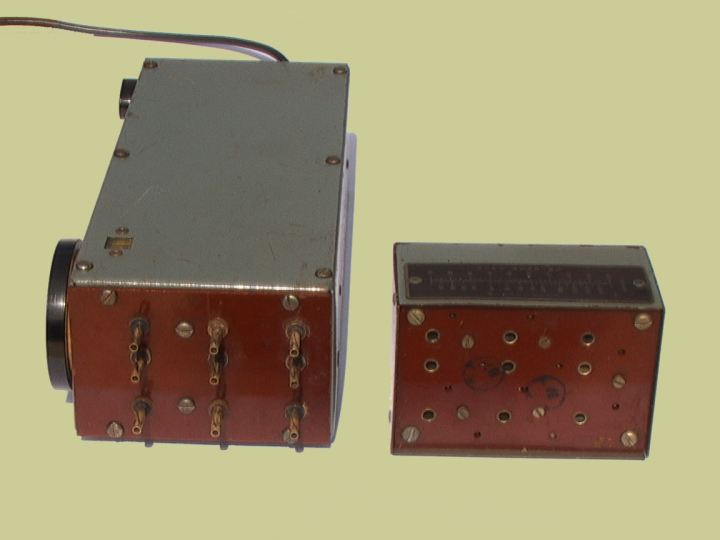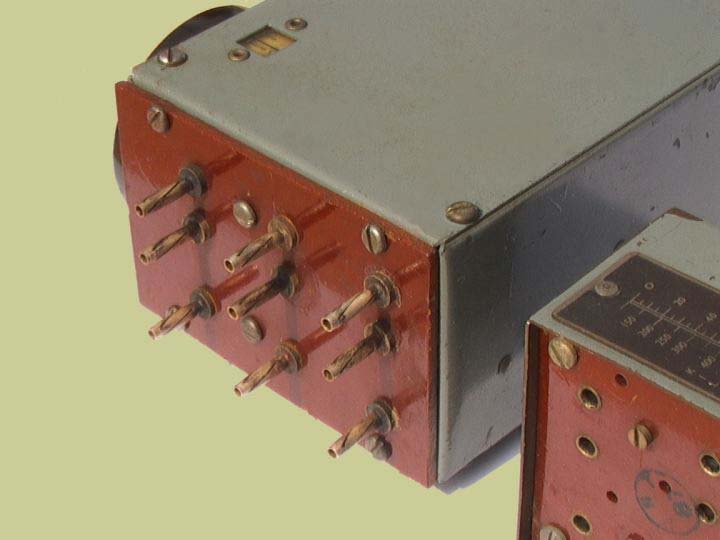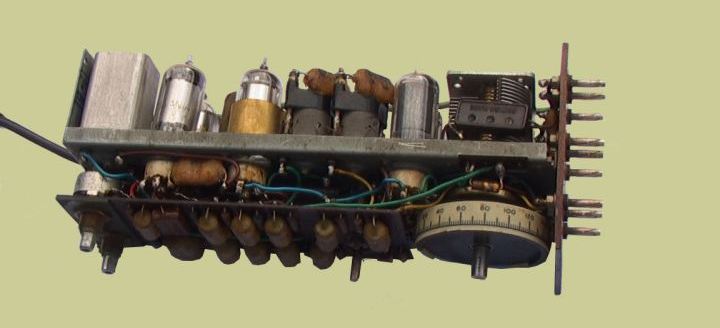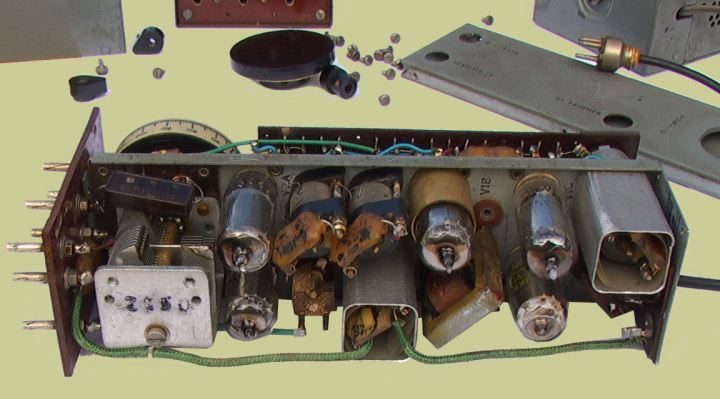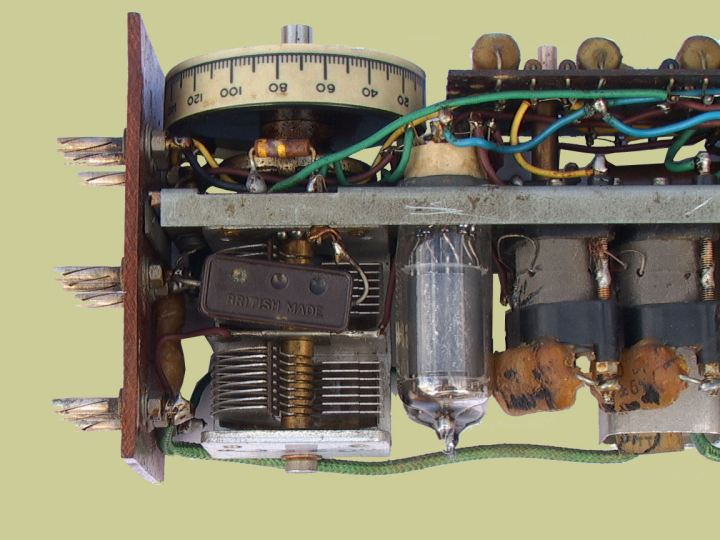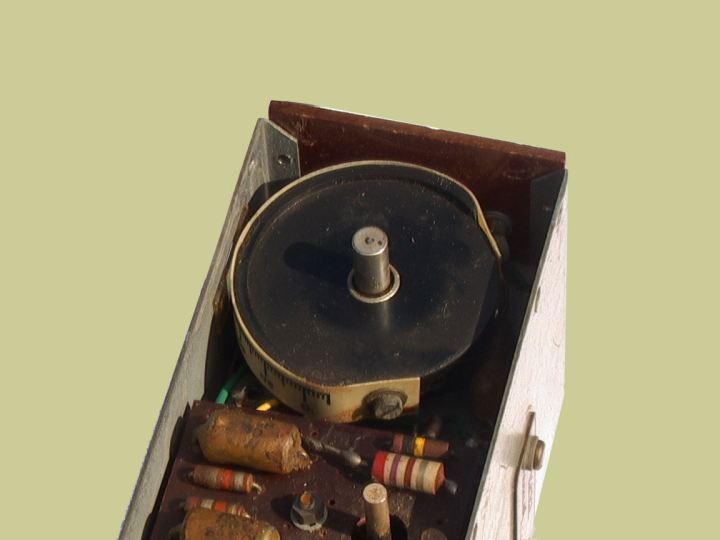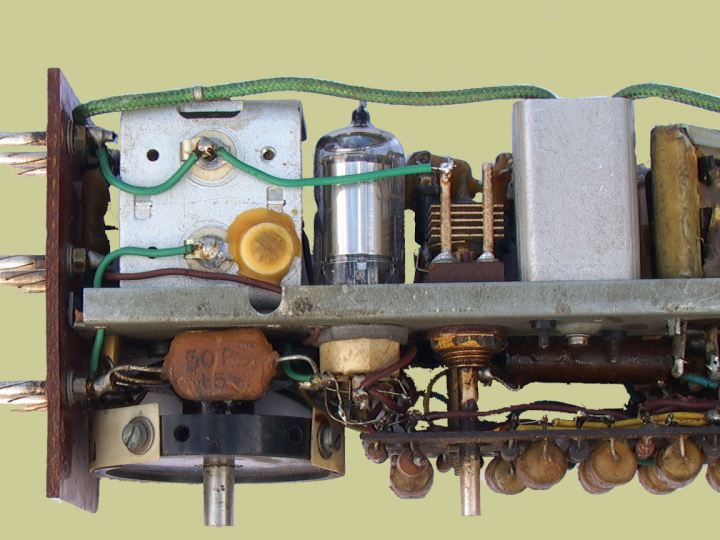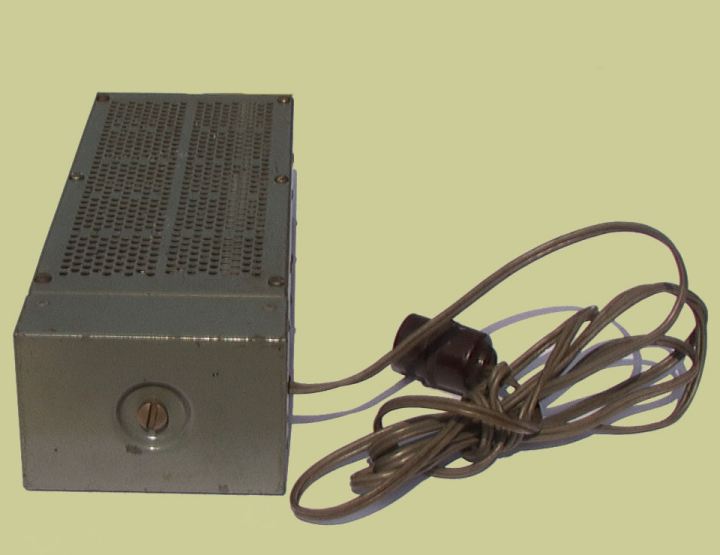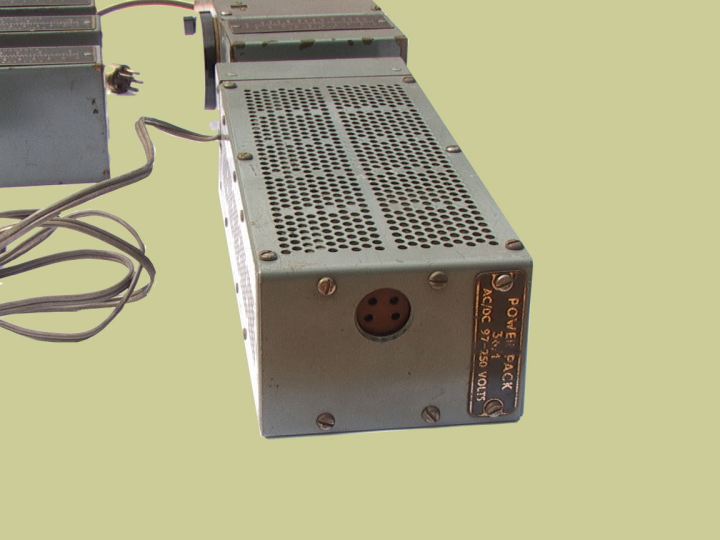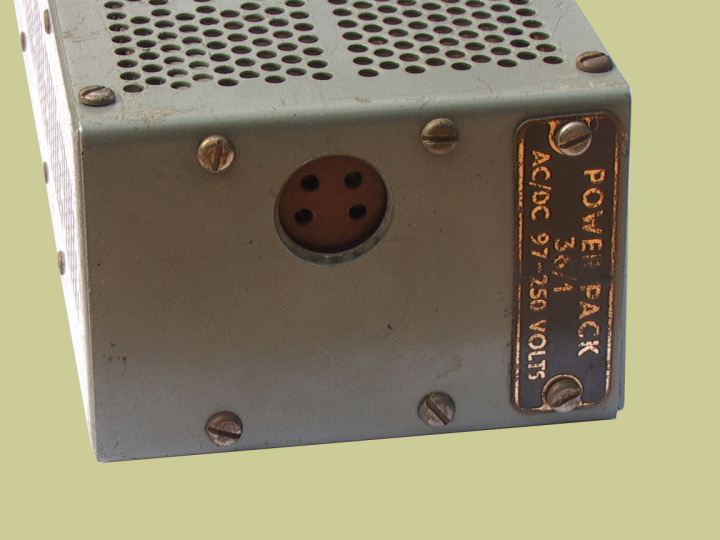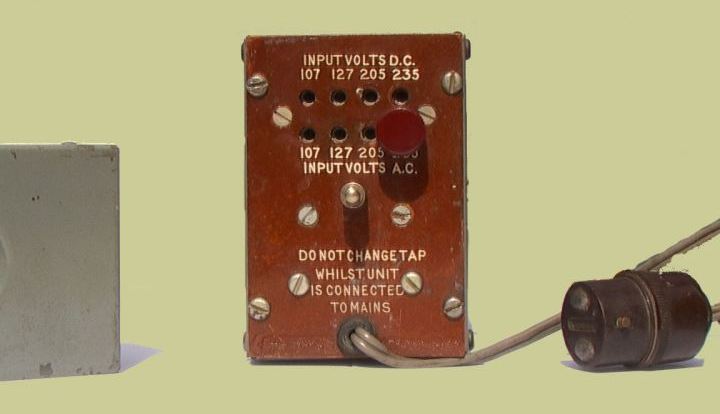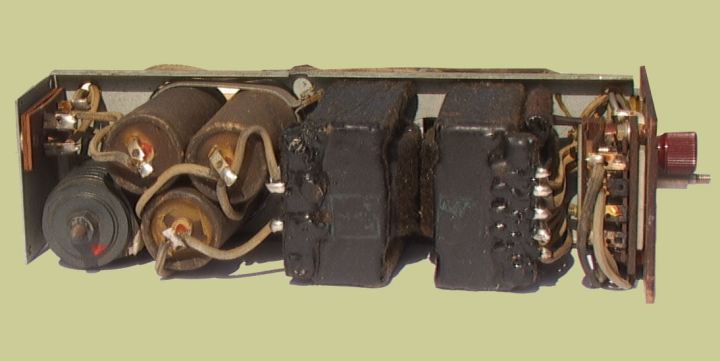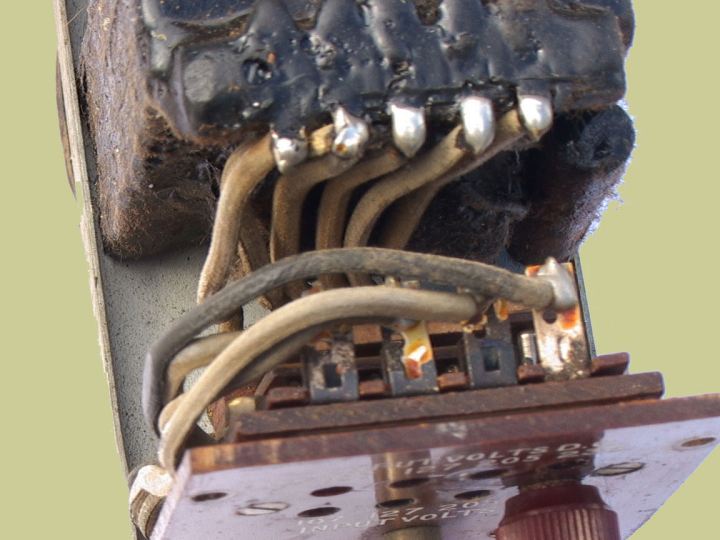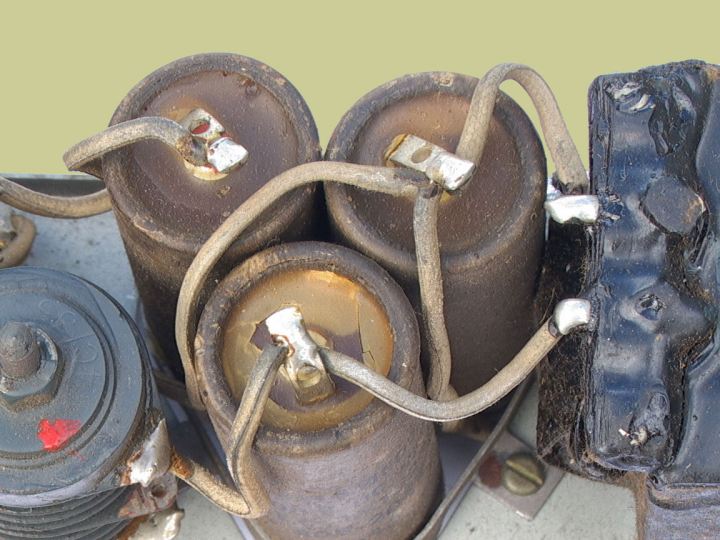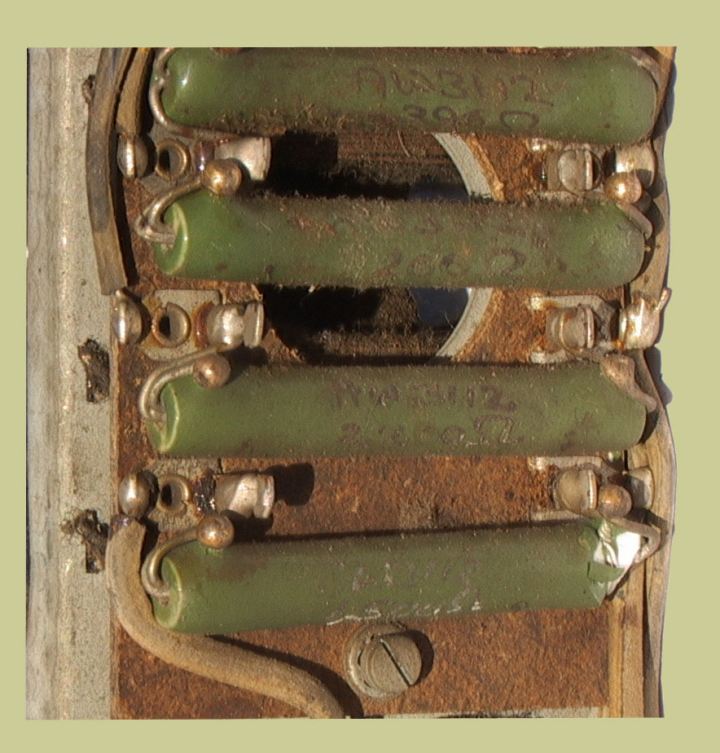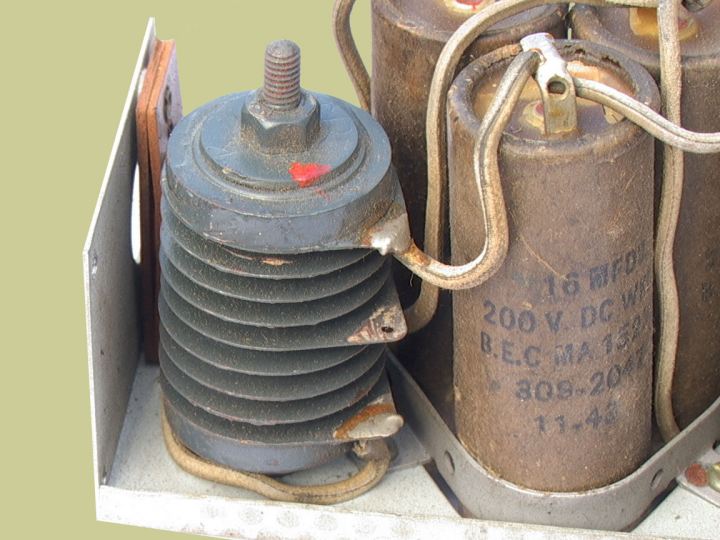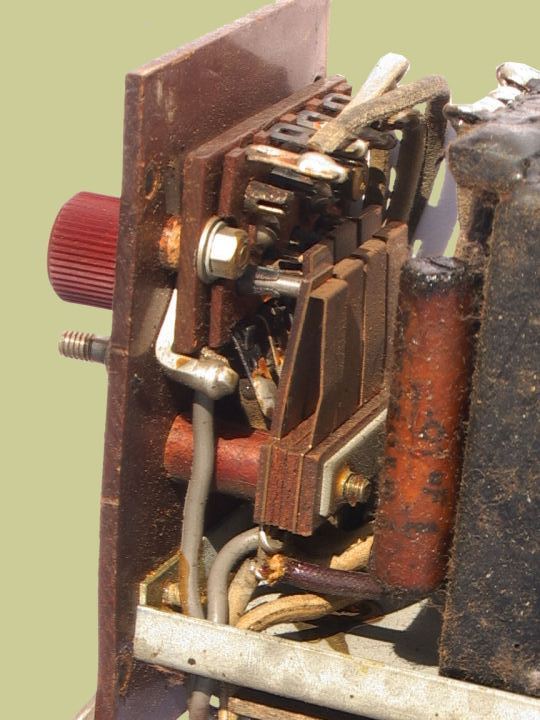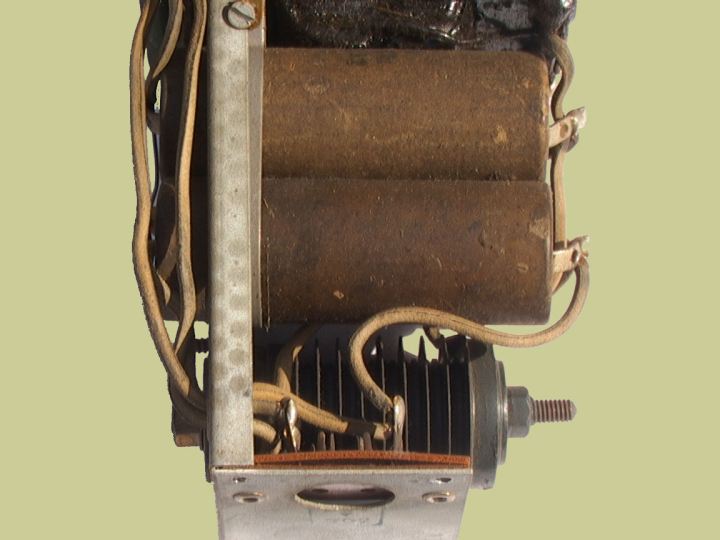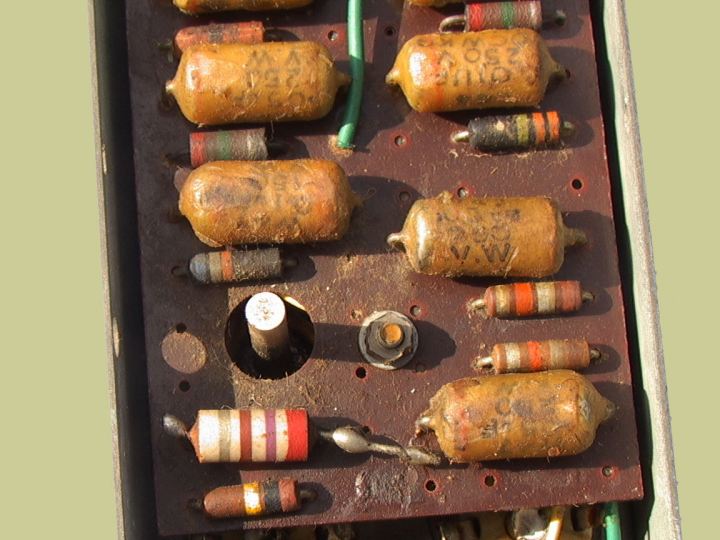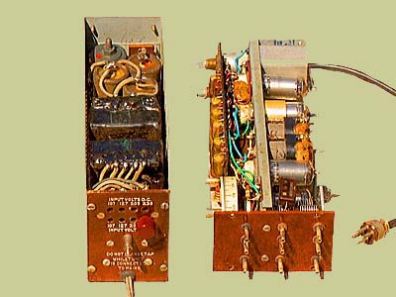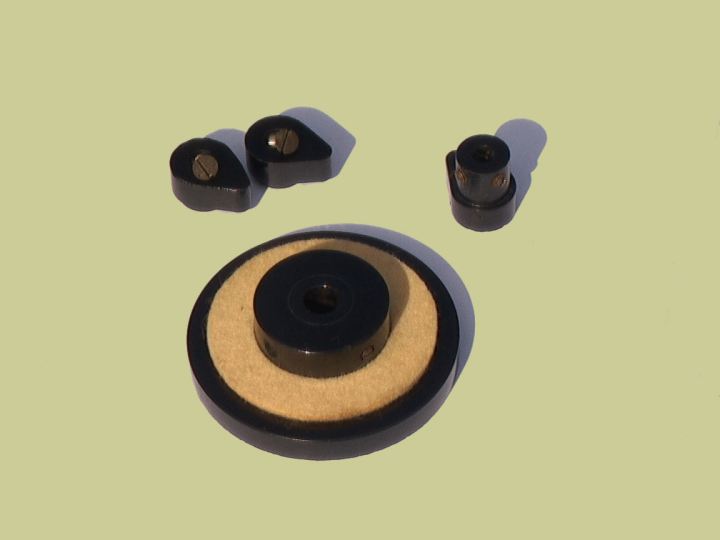This site is best viewed at 1024 x 768
Richard Howell's MCR-1 (as sold on eBay August 2006)
|
The Miniature (or Midget)
Communications Receiver MCR-1 was originally developed (in 1943)
as part of a transmitter-receiver system known as the Jedburgh Set.
This rig was named after operation Jedburgh which was an SOE plan devised
as part of the British-US strategy for the liberation of Europe in 1942.
Around 300 members of the forces of mainly Britain, America and France
were recruited to form a number of three-man teams (there were also
eight Dutchmen, two Canadians and a Belgian). These teams were dropped
into occupied territory to train and arm Resistance units. Between D-Day
and the end of the war, over 100 Jedburgh missions were carried out.
The MCR-1, built by Philco
UK, was officially known as the 36/1 and from 1943 to the end of the
war, some 30,000 had been produced, many being dropped to Resistance
units as broadcast receivers. It is a five miniature valve superhet
(valves 1R5 and 1T4) covering 150Khz to 15Mhz with an IF of 1.73Mhz..
Band switching is by means of coil units plugged into the end of the
receiver. Power was normally from a 7.5v/90v dry battery, but a mains
supply type 38/1 was also available. The MCR-1 is also known as the "biscuit tin receiver" because is was originally distributed packed in the same sealed metal tin as was used for 2 lb of Huntley and Palmer biscuits. In the late 1950's a Belgian version of the MCR-1 was manufactured by a Belgian subsidiary of Phillips called Manufacture Belge de Lampes et de Materièl Electronique (MBLE). Apart from a few component type changes, this version is mechanically and electrically identical to the original MCR-1, but the inscriptions are in French and there is a plate marked "MBLE" on the side. Only around 100 of these Belgian receivers are thought to have been made. Text by Alister Mitchell, GM3UDL. |
